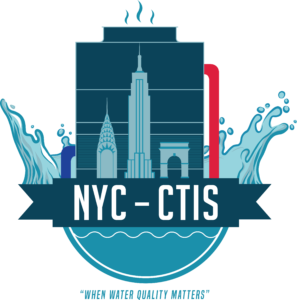Legionella bacteria poses a serious threat to a business. Not only does it put employees and everyone in the surrounding area in danger, it can lead to fines up to $25,000. Providing employees with a safe working environment should be incentive alone to maintain compliant cooling towers, but when you consider the potential costs involved with non-compliance, cooling towers should be on every business owners radar.
But how do you know if you’re at risk for legionella growth in cooling towers? What can you do to fix the problem before it gets out of hand?
Legionella Risk Assessment: The Conditions for Legionella Growth in Cooling Towers
It helps to first have a general understanding of the conditions for legionella growth in cooling towers. Legionella grows in the water inside cooling towers at temperatures around 20-45oC. If the water already has a high microbial concentration of algae, amoebae and other bacteria, legionella will grow more quickly. Scale, sediment, rust or other organic matter can also accelerate the growth of legionella, as can degraded plumbing materials, which enhance bacterial growth.
Essentially, nearly every cooling tower is an ideal breeding ground for legionella bacteria. While some cooling towers may be cleaner or better maintained than others, the truth is legionella can grow in just about any cooling tower.
Your Important Factors for Legionella Risk in Cooling Towers
One major risk factor overlooked by most companies is receiving biased cooling tower inspections. Allowing your regular water treatment company to inspect their own work is like asking them to grade their own homework. To ensure compliance, an independent third party reduces risk and liability.
Another common risk factor is the lack of independent certified personnel to supervise cleanings and conduct water testing.
It’s in the best interest of any business to work with a qualified, independent third-party to reduce risk factors before an expensive remediation process is needed. Identifying your risk factors is a good place to begin legionella prevention.
To learn more about your legionella risk factors, continue reading about legionella risk assessments for cooling towers in NYC.








